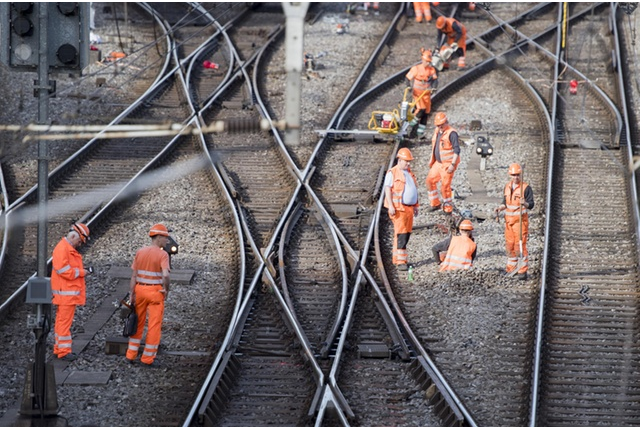Rail accidents are rare in Switzerland (© Keystone / Urs Flueeler) There has been a fall in the number of accidents and fatalities on the Swiss railways, according to new national figures. On Tuesday, the Federal Statistical Office reported a total of 70 rail accidents and 14 deaths in 2018. This is the lowest number of annual fatalities since 2011. In the 2000s there were between 200 and 282 reported accidents each year and 20-40 deaths, excluding suicides on the Swiss rail network. On average, 115 people killed themselves each year between 2003 and 2017. While the number of derailments has remained pretty much the same over the years, the number of collisions involving trains has decreased significantly since 2012. A recent accident in which a train conductor
Topics:
Swissinfo considers the following as important: 3.) Swiss Info, 3) Swiss Markets and News, Business, Featured, newsletter
This could be interesting, too:
Nachrichten Ticker - www.finanzen.ch writes Die Performance der Kryptowährungen in KW 9: Das hat sich bei Bitcoin, Ether & Co. getan
Nachrichten Ticker - www.finanzen.ch writes Wer verbirgt sich hinter der Ethereum-Technologie?
Martin Hartmann writes Eine Analyse nach den Lehren von Milton Friedman
Marc Chandler writes March 2025 Monthly

Rail accidents are rare in Switzerland (© Keystone / Urs Flueeler)
There has been a fall in the number of accidents and fatalities on the Swiss railways, according to new national figures.
On Tuesday, the Federal Statistical Office reported a total of 70 rail accidents and 14 deaths in 2018.
This is the lowest number of annual fatalities since 2011. In the 2000s there were between 200 and 282 reported accidents each year and 20-40 deaths, excluding suicides on the Swiss rail network. On average, 115 people killed themselves each year between 2003 and 2017.
While the number of derailments has remained pretty much the same over the years, the number of collisions involving trains has decreased significantly since 2012.
A recent accident in which a train conductor died after getting stuck in a door put the spotlight back on train safety.
+ Are Swiss trains becoming less punctual, pricier and more dangerous?
The statistics office reported that the number of accidents involving other forms of public transport – mainly buses and trams– soared last year, however. The statistics office said there were a total of 102 accidents involving buses and trams across the country. This comes after a drop between 2008 (150) and 2017 (77).
The number of deaths involving buses and trams also doubled to 12. The increase is probably due to the increased contact with private cars and other vehicles, the office said.
The number of motor vehicles in Switzerland broke the six million barrier in 2017, of which 5.32 million were cars or utility vehicles. This corresponds to 540 cars and 89 utility vehicles per 1,000 inhabitants.
Overall, the proportion of people using cars and public transport in Switzerland has stayed the same for ten years. Based on total kilometres travelled, public transport has accounted for about 19% of all travel since 2005. The figure for cars is just over 73%.
The Swiss took the train on average 71 times last year, travelling 2,398 kilometres by rail, according to the latest figures from the European Statistical Office, Eurostat. Measured by distance travelled per capita, Switzerland is a European leader.
Tags: Business,Featured,newsletter
